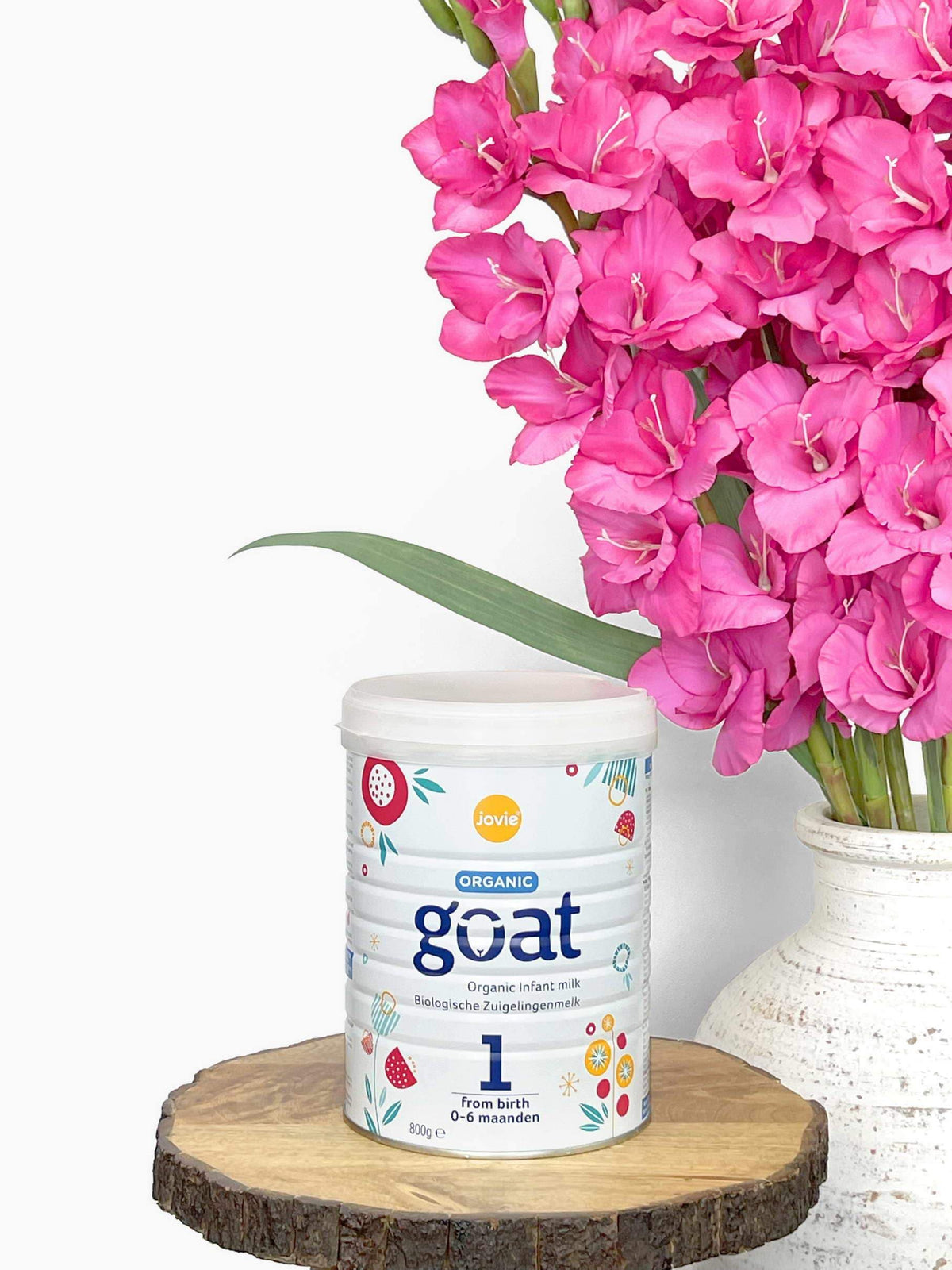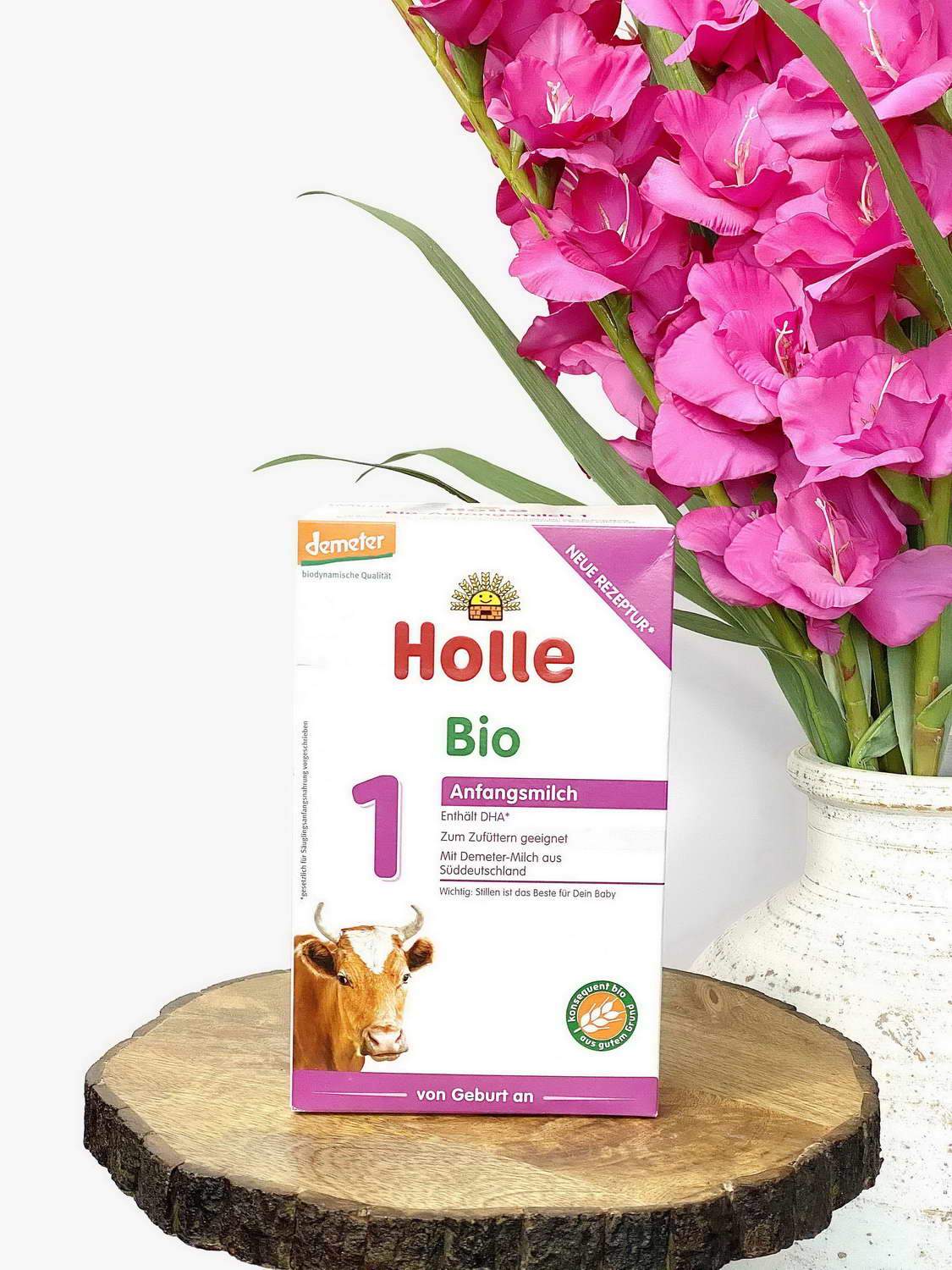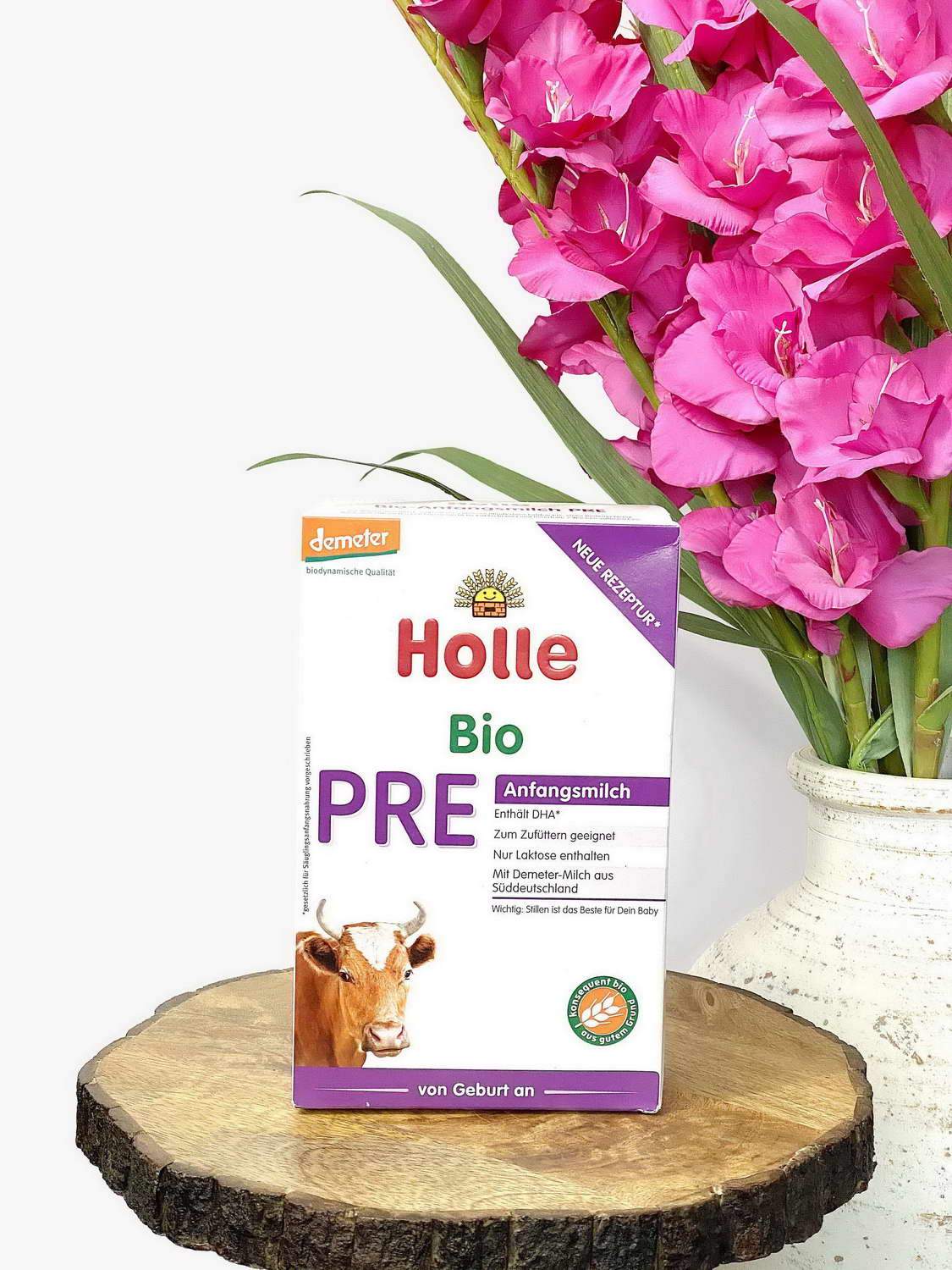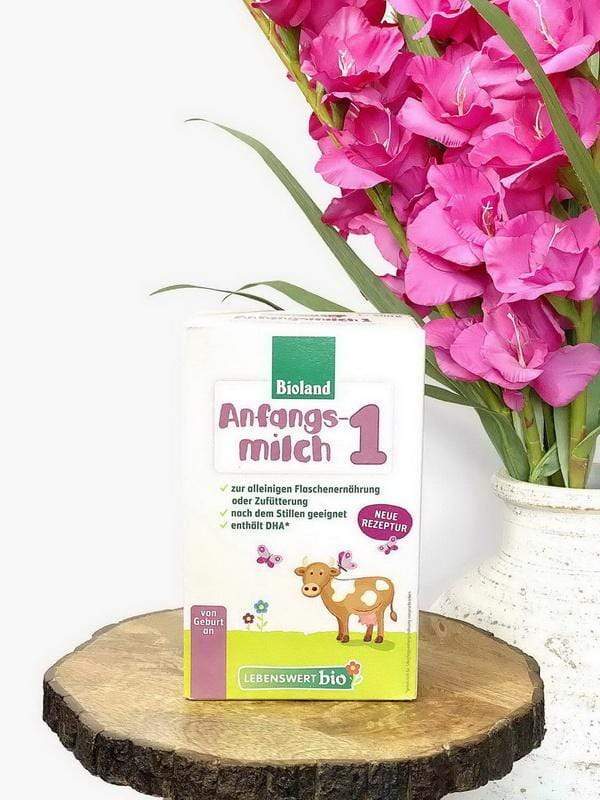There are going to be lots of firsts you’ll experience as a new parent - from the first time you hold your baby to the first sweet smile you see.
What about diaper changes?
When it comes to baby stool, there will be lots of firsts in consistency and color. Paying attention to diaper changes can tell you a lot about a baby’s health and happiness.
Here are the ins and outs of baby poop.
Baby Poop: What Should Parents Notice
A baby’s health and happiness are at the top of every parent’s wish list. When a baby has an inconsistent bowel movement, it can be a frightening experience if you are unaware of what baby poop should look and smell like.
By paying attention to a baby’s stool, it will tell you what your little one can’t verbally communicate at the moment. You’ll also know when you need to be concerned about changes in their digestion system.
Consistency 
Parents often wonder what is considered ‘normal’ poop. Lifestyle can play a significant role in what your baby’s stool should look and smell like.
For example, breastfeeding babies will have a different consistency than formula poop. The age of the baby can also play an important factor.
A baby who is sick, has an upset stomach, or is dehydrated can further affect stool consistency.
Regularity
Did you know irregularity affects babies and toddlers? Newborns tend to have several bowel movements when firstborn because of the meconium process. A new baby will get rid of the bile, cells, fats, and protein.
Don’t worry! A thick brownish or greenish stool is just the nutrients your baby consumed in the uterus. After a few days, your baby’s poop will develop a regular pattern.
Many parents ask, how often should a newborn poop on formula? A Study Of Newborn To 3 Month Babies Breastfeeding, Bottle-feeding, and Mixed Feeding Show:
-
- First Week Regularity: 3.65 Poops Per Day
- 3 Month Regularity: 1.88 Poops Per Day
- Breastfed newborns should have a softer stool that is usually yellow.
- At 3 months, formula fed baby poop should be firmer, greenish, or brownish in color.
- No difference in the quantity of stool is found between breastfed and formula fed baby poop.
- Breastfed baby poop has a sweet smell while formula fed baby poop smells like vinegar.
Tip #1: Foamy baby poop suggests formula fed babies have an allergy or an infection. Talk to your pediatrician if it is consistent.
Tip #2: If the formula poop in cloth diapers is runny, you can simply wash it out, but if it is hard or firm, dump waste in the toilet to dispose of it properly.
Also, most parents use disposable diapers during this time to prevent staining cloth diapers.
Poop color
I would start this part of the conversation off with a good poop joke, but they always stink (haha….get it?).
So, let’s talk about something that won’t be so funny the first time you experience it; poop color.
From runny yellowish poop to dark brown lumps, a baby’s gut health and digestive tract will keep you on your toes, but it will also teach you a lot about motherhood or fatherhood.
What is important to understand is that a baby’s feeding pattern and age greatly influence the color of stool you should expect to see. It also gives you clues on when to see your pediatrician.
So what does formula poop look like?
-
- Orange, Yellow, Or Brown Baby Poop: These are the normal colors you should expect for breastfed or bottle-fed babies.
- Green Baby Poop: Stool that is a greenish color tends to be from nutrient additives like iron or when beginning to eat solid foods.
- Black Baby Poop: This is most common with breastfed babies as breasts can bleed during feedings. Tell your pediatrician as bloody stool can also be problematic.
- White Baby Poop: If baby poop is white and chalky, you should tell your pediatrician as it may indicate your baby is not digesting food properly
We also recommend talking to your pediatrician if your baby has runny, hard, bloody, or mucus-like baby poop. These are signs a baby may have an issue like an infection, an allergy, or constipation.
Best Formula For Pooping
Now, you are probably wondering what is the best formula for pooping, right?
We highly recommend trying HiPP if your baby is experiencing stool inconsistencies. Lots of parents who switched said HiPP formula poop is more consistent with breastmilk stool.
If your baby’s poop seems to be highly smelly, many parents love how Kendamil formula counteracts this!
We also highly recommend goat’s milk if your baby’s tummy is sensitive to breast or cow’s milk. You’ll find that goat milk formula poop is smoother and easier for babies to pass because of oligosaccharides prebiotics.
If your baby shows signs of constipation, gassiness, acid reflux, or digestive sensitivity, HiPP HA or HiPP Comfort are great options.
Click the links above for each feeding condition to learn more about our suggested formulas.
#1 Baby Formula Closest to Breast Milk
HiPP Dutch Stage 1
Age: 0-6 months
Size: 800g / 28.22oz
Why Choose?
Prebiotics & Probiotics for healthy digestion, No Maltodextrin, Skimmed Milk
#1 Whole Milk Baby Formula
Kendamil Stage 1
Age: 0-6 months
Size: 800g / 28.22oz
Why Choose?
Whole Milk option with MGFM, DHA/ARA from Algae Oil instead of Fish Oil, No Palm Oil
Conclusion
Poop can be a disgusting conversation amongst adults, but the topic among newborn parents is hotter than… well, you get the idea.
We discussed how poop consistency changes throughout the first few months, as well as the frequency and which signs to watch out for. Plus, we identified a few different best formula for pooping options.
So, did you learn anything about baby poop that you didn’t already know? If you still have questions, add a comment below and we’ll follow up with you as well as recommend the best baby formula for your little one.
You can also contact us online, by email at customercare@myorganiccompany.store, or on Facebook.














